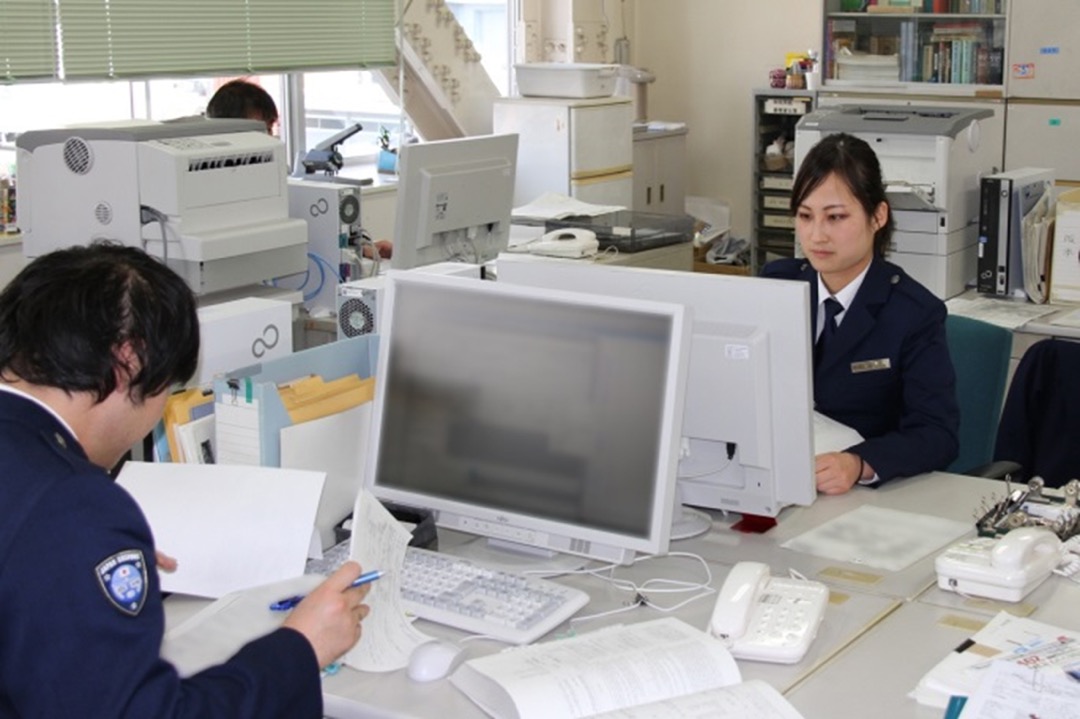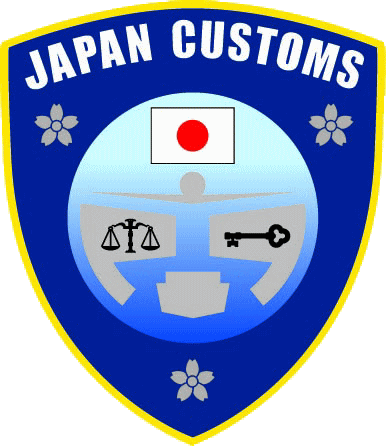[1] The Front of Trade : Japan Customs
■ Japan Customs guards the front of Japan
Since the opening of the country to the world in 1859, Japan has been trading with many countries around the world, and various articles are imported and exported overseas. Along with economic globalization, the environment of the world including Japan is changing year by year, and Japanese people and the economy have been threatened by adverse impacts such as terrorism threat and inflow of contraband.
Japan Customs imposes customs duty on import products and controls the goods which are harmful to the society such as illegal drugs and counterfeit products at the border in order to realize people’s security and trade facilitation.
Missions of Japan Customs
Japan Customs sets following three missions and tries to fulfill them to protect lives of people and develop domestic economy in collaboration with relevant domestic organizations and international organizations. Japan Customs implements its policies by surveillance on cargoes at seaports and airports, clearance control of import/export goods, collection of duties, and supervision of Bonded Warehouses.* *Bonded Warehouse:Area where imported cargoes are temporally stored before allowing them to enter Japan.
1. Realizing safe and secured society
Using large-scale X-ray inspection systems, drug detector dogs, etc., Japan Customs controls illegal drugs (methamphetamines and narcotics etc.), terrorism-related materials (firearms and explosives etc.), and products infringing intellectual property rights at the border.

2. Appropriate and fair collection of customs duty and excise taxes
Japan Customs collects taxes such as customs duty imposed on imported goods to protect the domestic industry, because if low-priced imported goods entered to the Japanese market, domestic industries would lose competitive power over the commodities.

3. Trade Facilitation
To facilitate international trade logistics, Japan Customs promotes Authorized Economic Operator (AEO) program which provides private companies with benefits such as faster and simplified customs clearance procedure.Japan Customs also contributes to trade facilitation by computerization of customs clearance procedures encouraging digitized documentation for faster clearance.

Japan Customs Logo was established in 2007.
In the design, the images of airplane, ship and gate are combined to represent Chinese character “関” which means barrier, one of two customs roles (control of border and imposition of tax). The “balance” inside the left gate shows fairness, and the “key” inside the right gate shows security,. Thereby the figures represent customs’ roles and three cherry blossoms symbolize the three missions of customs:Realizing safe and secured society, Appropriate and fair taxation, and Trade facilitation.

